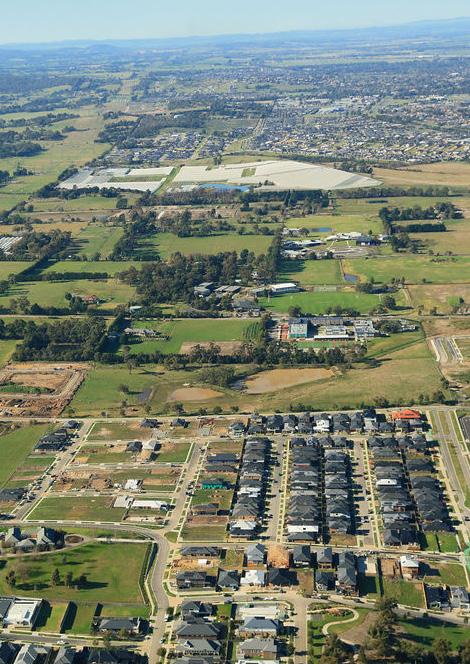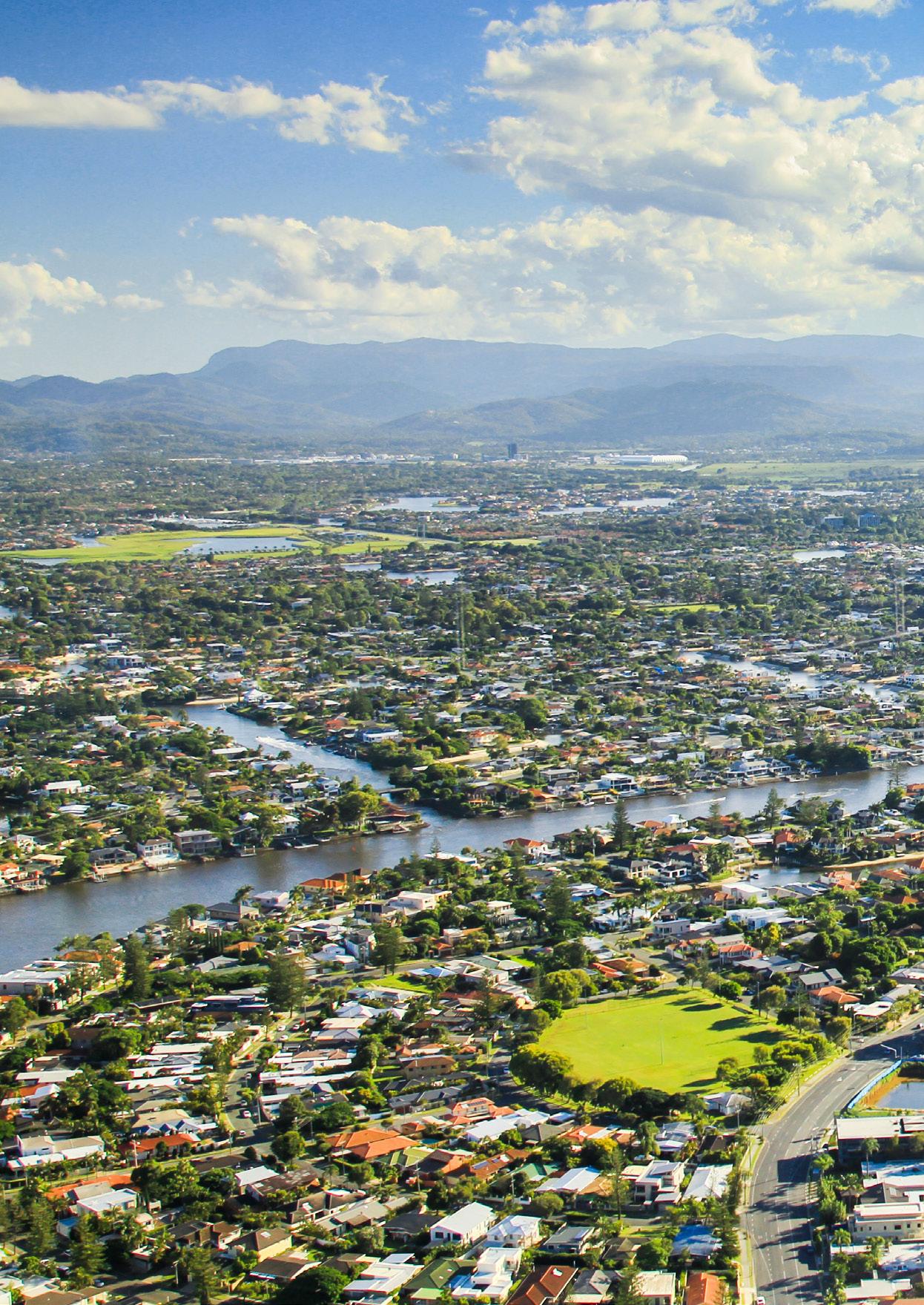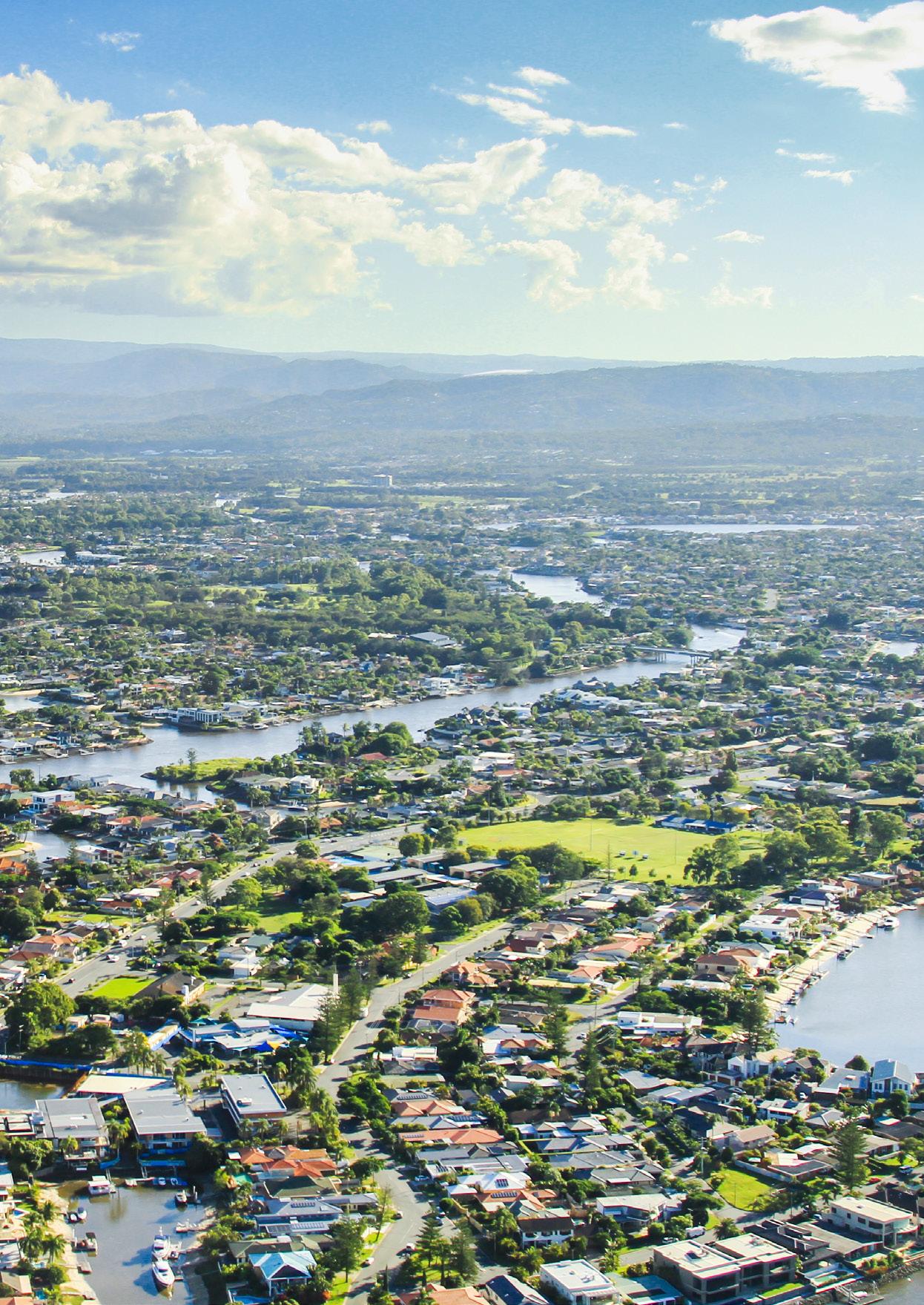
2 minute read
Development Sites
2.4
DEVELOPMENT SITES
Managing Director | Development Sites p.vassallo@oliverhume.com.au
COVID-19 is reshaping Australia’s property markets as buyers, developers and other industry stakeholders adjust to working from home, lockdowns, social distancing and the myriad of other changes we have observed since early 2020.
The increased popularity of regional property is perhaps one of the most enduring characteristics of the current era.
Locations beyond our capital cities are now enjoying significantly higher levels of buyer interest and, in some cases, levels of demand never previously observed before.
Although regional locations with easy access and in relative proximity to capital cities are seeing amongst the greatest levels of demand, more distant regional centres are also enjoying stronger interest. This is especially the case when these locations have one or more key competitive advantages including a sizeable employment base or critical mass, attractive lifestyle and residential living options and good infrastructure.
The increased importance of lifestyle considerations and an apparent shift in buyer preference towards residential living options is key. Popular coastal / sea-change and tree-change locations have become even more popular with both the traditional retiree/ downsizer markets and, increasingly, working age buyers including families, couples and singles.
Time will tell how regional markets will fare. However, some developers are moving quickly to capitalise on the shift underway and fully appreciate that the increased popularity of regions is not temporary but will persist in some way.
The degree to which the shift to regional property will persist will be driven by a range of factors. These include the use and adoption of technology (and the development of new technology in the future), business approaches and government policy towards working from home and how we deal with COVID-19 (and how quickly). Although larger regional cities closer to Melbourne are expected to be key beneficiaries of this shift in demand, it is possible, if not likely, that smaller towns and settlements will also see greater buyer interest.
Indeed, we are already seeing some signs of this.
Smaller regional centres and towns which are closer to larger regional centres - which are themselves close to metropolitan Melbourne such as Geelong, Ballarat, Bendigo and Warragul - could be the next frontier in regional property living.
Lifestyle buyers, those seeking greater affordability (e.g., price conscious first home buyers), upgraders looking for their ‘forever’ home, downsizers and empty nesters looking for an alternative to metropolitan living are but some of the potential buyers for these locations.
Moreover, these smaller regional centres and towns offer developers the opportunity to work in locations largely ‘off the radar’ to their competition but, increasingly, ‘on the radar’ to current and potential buyers.
The diversity of buyers now seeking regional residential property, combined with the range of potential locations beyond metropolitan Melbourne, offers developers several new opportunities.
This will be especially important going forward as greenfield residential property development attracts the attention of even more players seeking greater certainty compared to developing in markets which have been, overall, negatively affected by COVID-19 (for example, the retail and commercial office sectors and residential apartment development.)
In conclusion, we expect to see the price of regional residential englobo land continue to increase across several regional markets given the increased level of buyer interest in regional locations.

3.0
QUEENSLAND



